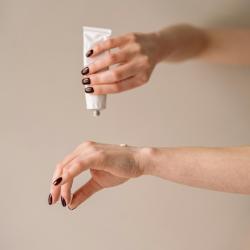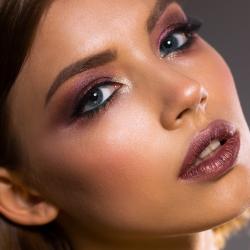The Best Skincare Routine for Acne-Prone Skin
Dealing with acne-prone skin can be a challenge. It often requires a delicate balance of using the right products, establishing a consistent routine, and maintaining a healthy lifestyle. With a myriad of skincare products available in the market, choosing the right ones can be overwhelming. This article aims to guide you through an effective skincare routine tailored for acne-prone skin, helping you achieve a clearer, healthier complexion.
Step 1: Gentle Cleansing
The foundation of any skincare routine is cleansing, and it's especially crucial for acne-prone skin. Choose a gentle, sulfate-free cleanser that won't strip your skin of its natural oils but effectively removes dirt, makeup, and excess sebum. Ingredients like salicylic acid, benzoyl peroxide, or tea tree oil can be beneficial in combating acne. Cleanse your face twice daily, in the morning and evening, to keep your pores unclogged and free of bacteria.
Step 2: Exfoliation
Exfoliation is key in preventing clogged pores and reducing the appearance of acne. Opt for a chemical exfoliant with alpha-hydroxy acids (AHAs) like glycolic acid or beta-hydroxy acids (BHAs) like salicylic acid. They help to gently slough off dead skin cells and penetrate deep into the pores. However, limit exfoliation to 2-3 times a week to avoid over-exfoliating, which can irritate the skin.
Step 3: Toning
Toners help to balance your skin's pH and prepare it for subsequent skincare steps. Choose an alcohol-free toner with soothing and anti-inflammatory ingredients like witch hazel, niacinamide, or rose water. These ingredients can help calm irritated skin and control excess oil production, a common issue for those with acne-prone skin.
Step 4: Target Treatment
For targeted treatment, use serums or spot treatments specifically designed for acne. Look for products containing benzoyl peroxide, salicylic acid, or retinoids, which are well-known for their acne-fighting properties. These ingredients help reduce inflammation, unclog pores, and prevent future breakouts. Apply these treatments after toning, focusing on problem areas.
Step 5: Hydration and Moisturization
Hydration is essential for all skin types, including acne-prone skin. Choose a lightweight, non-comedogenic moisturizer to avoid clogging pores. Ingredients like hyaluronic acid, glycerin, or aloe vera can provide hydration without heavy oils. Moisturizing helps maintain the skin’s barrier function and prevents overproduction of sebum, which can lead to breakouts.
Step 6: Sun Protection
Sun protection is a vital step that should not be overlooked, even for acne-prone skin. Opt for a broad-spectrum sunscreen with at least SPF 30. Look for a non-comedogenic, oil-free formula to avoid pore clogging. Some sunscreens also come with added anti-acne ingredients, providing dual benefits. Apply sunscreen every morning, regardless of the weather, to protect your skin from UV damage that can exacerbate acne and cause dark spots.
Step 7: Lifestyle Considerations
While topical treatments play a significant role in managing acne-prone skin, lifestyle factors are equally important. Maintain a balanced diet rich in fruits, vegetables, and lean proteins. Stay hydrated and aim for at least 7-8 hours of sleep per night to support overall skin health. Manage stress through techniques such as meditation, exercise, or yoga, as stress can trigger or worsen acne.
Conclusion
Finding the best skincare routine for acne-prone skin takes time and patience. By following a consistent routine with the right products and making mindful lifestyle choices, you can effectively manage acne and achieve healthier skin. Remember, it’s always a good idea to consult a dermatologist for personalized advice, especially if over-the-counter products are not providing the desired results. Embrace the journey towards clearer skin with confidence and persistence, and you'll see improvements over time.






















